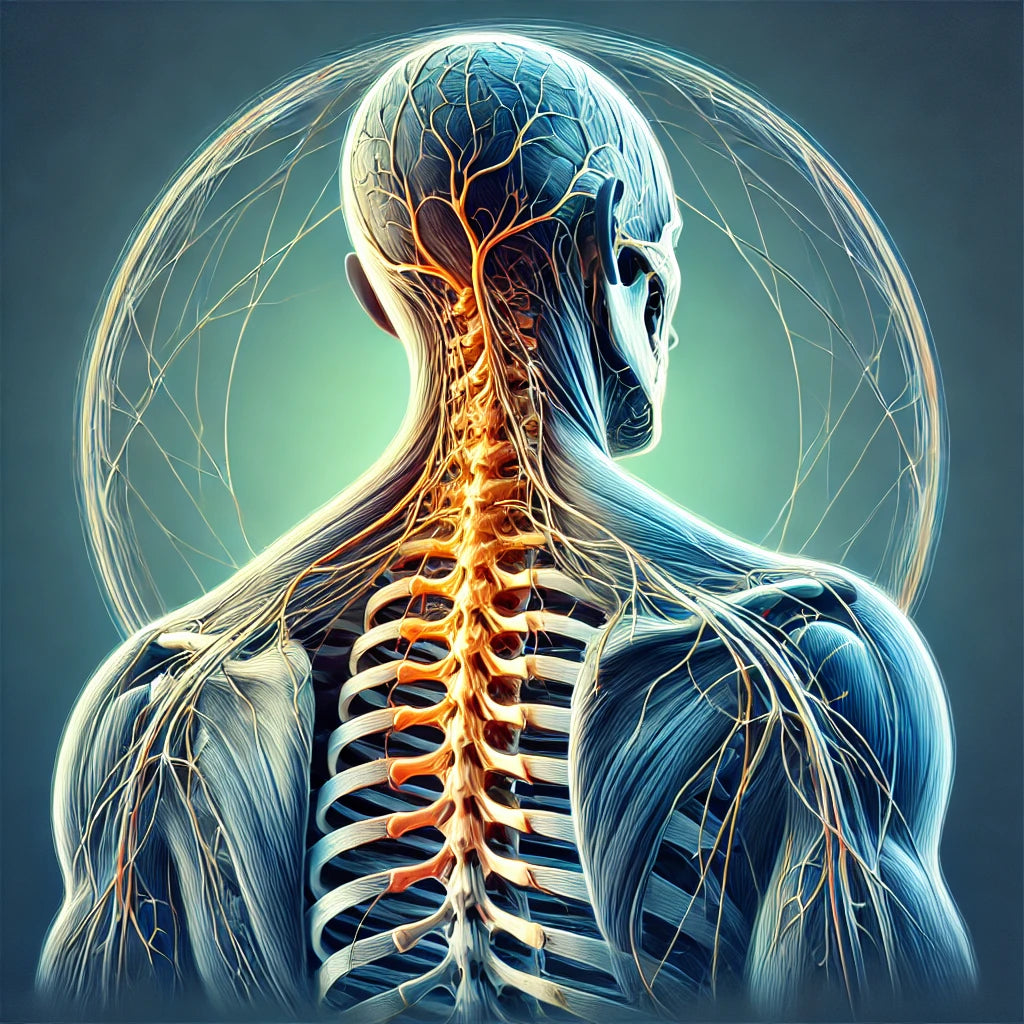News — cervical stenosis surgery
Cervical Stenosis and Muscle Weakness: A Guide to Management
cervical spine cervical stenosis cervical stenosis surgery cervical stenosis symptoms muscle weakness muscle weakness treatment neck exercises neck pain relief nerve compression physical therapy spinal cord compression spinal health spinal stenosis treatment spine health stenosis management
Cervical stenosis is a condition that occurs when the spinal canal in the neck narrows, placing pressure on the spinal cord or nerves. This can lead to various symptoms, including pain, stiffness, and one of the most concerning effects: muscle weakness. Over time, if left untreated, the muscle weakness caused by cervical stenosis can affect mobility, coordination, and overall quality of life. Understanding how to manage this condition is key to preventing further complications and maintaining physical function.
Fortunately, there are several treatment options available to help manage the symptoms of cervical stenosis, including therapies that focus on relieving nerve compression and strengthening affected muscles. Whether through physical therapy, medications, or, in more severe cases, surgery, the goal of treatment is to reduce pain, restore muscle strength, and improve the patient’s ability to perform daily activities. This guide will explore the causes of cervical stenosis, how it leads to muscle weakness, and the best ways to manage and treat this condition.

